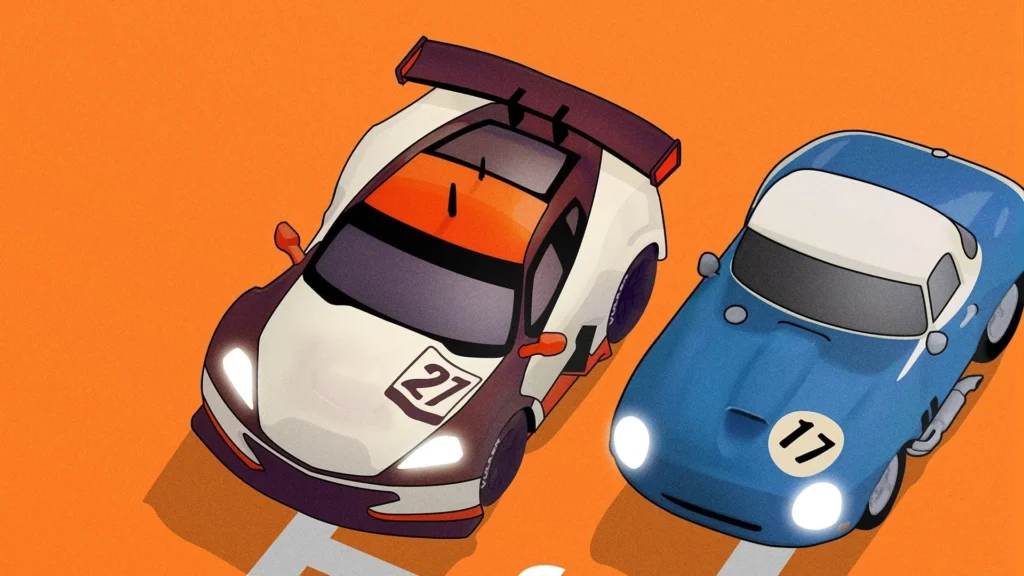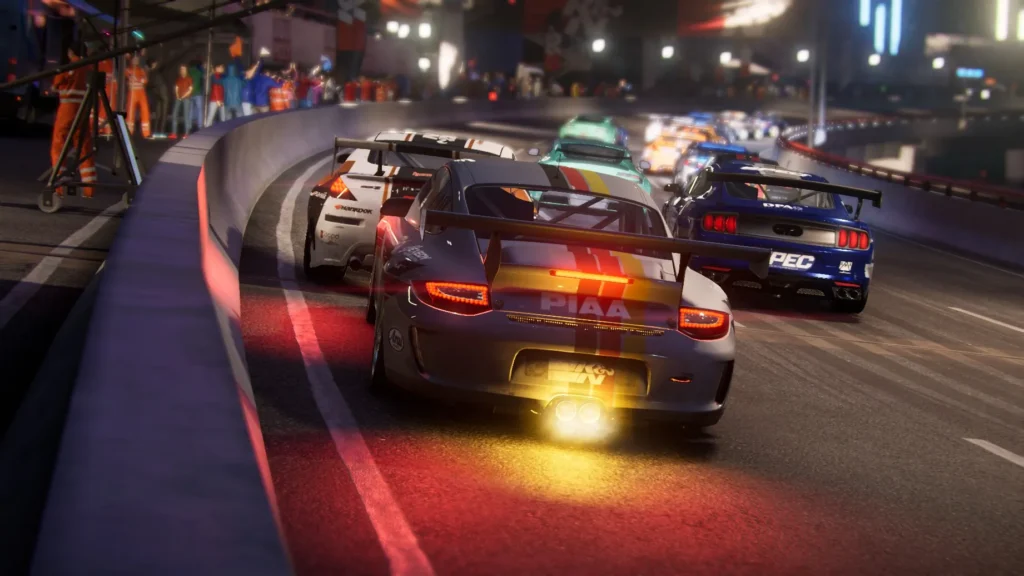Racing games have always been a thrilling escape into the world of high-speed action, but within the genre lies a dichotomy that separates two distinct experiences: arcade racing games and simulation racing games. While both offer the rush of adrenaline behind the wheel, their approaches to gameplay, mechanics, and overall experience vary significantly. In this article, we’ll explore the differences between these two types of racing games, shedding light on what makes each unique and appealing to different types of players.
Read also about: Unleashing the Speed and Power of High-Performance Vehicles.
Arcade Racing Games:
Arcade racing games are characterized by their fast-paced, accessible gameplay and simplified driving mechanics. These games prioritize excitement and fun over realism, often featuring exaggerated physics, unrealistic stunts, and an emphasis on boosting and power-ups. Arcade racers typically offer a wide variety of vehicles and tracks, with colorful and imaginative designs that range from urban streets to fantastical landscapes. Examples of popular arcade racing games include the “Mario Kart” series, “Burnout,” and “Need for Speed: Most Wanted.”

Simulation Racing Games:
On the other end of the spectrum are simulation racing games, which strive to recreate the authentic experience of driving real-world vehicles with precision and accuracy. These games place a strong emphasis on realism, featuring true-to-life physics, vehicle handling, and dynamic weather conditions. Simulation racers often include licensed cars and tracks, meticulously recreated to provide an immersive and authentic racing experience. Players are required to master braking points, racing lines, and vehicle setups to succeed on the track. Prominent examples of simulation racing games include the “Gran Turismo” series, “Forza Motorsport,” and “Assetto Corsa.”

Key Differences:
The primary difference between arcade and simulation racing games lies in their approach to realism and gameplay. Arcade racers prioritize accessibility and excitement, allowing players to jump into the action without worrying too much about technical details. Simulation racers, on the other hand, appeal to players seeking a more authentic and challenging experience, requiring a deeper understanding of driving mechanics and strategy.
Arcade racing games often feature exaggerated physics and mechanics, with an emphasis on drifting, boosting, and performing stunts to gain an advantage. In contrast, simulation racing games aim to replicate real-world driving physics as closely as possible, requiring players to approach each race with careful planning and precision.
Conclusion:
Whether you prefer the thrill of high-speed chases and explosive crashes or the satisfaction of mastering the perfect racing line and tuning your vehicle to perfection, there’s a racing game out there for you. Arcade racing games offer a fun and accessible experience filled with adrenaline-pumping action, while simulation racing games provide a more realistic and immersive journey into the world of motorsport. Ultimately, the choice between arcade and simulation racing comes down to personal preference and the type of experience you’re looking for behind the virtual wheel.


